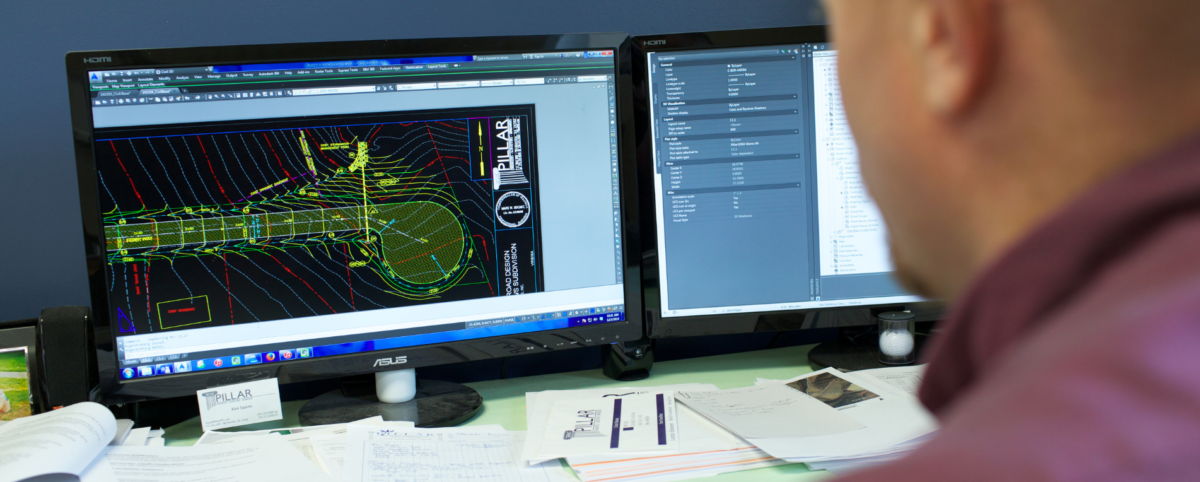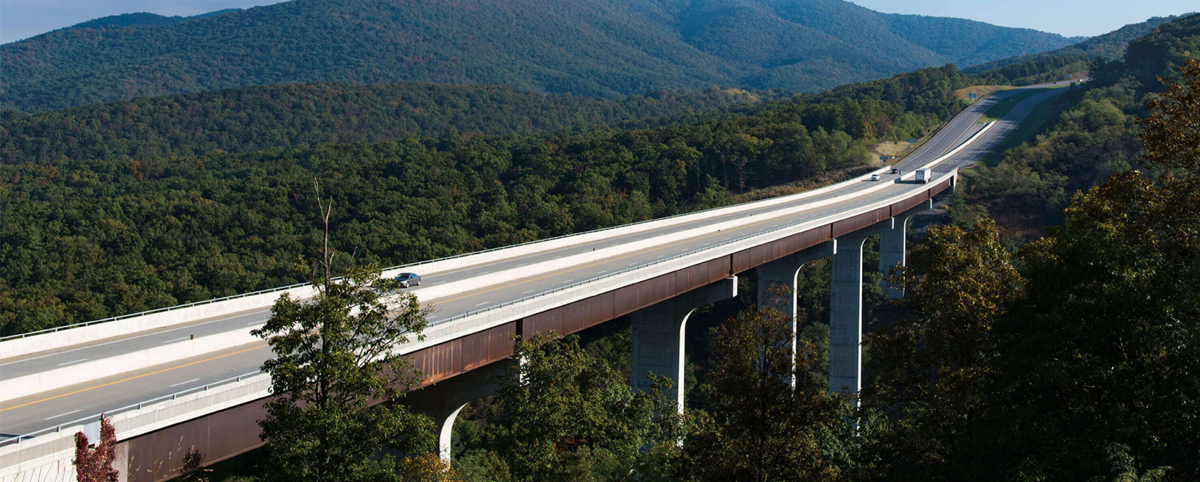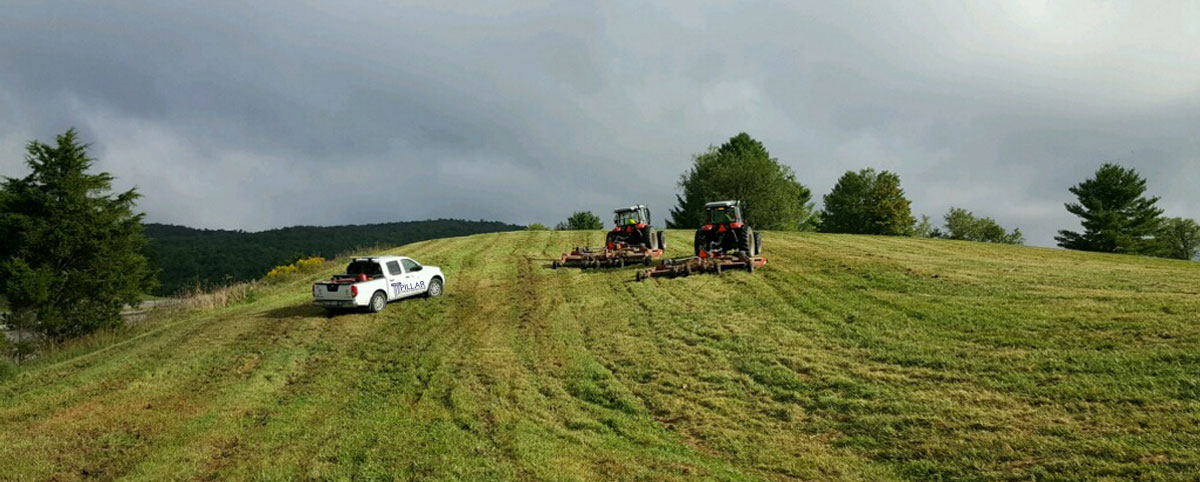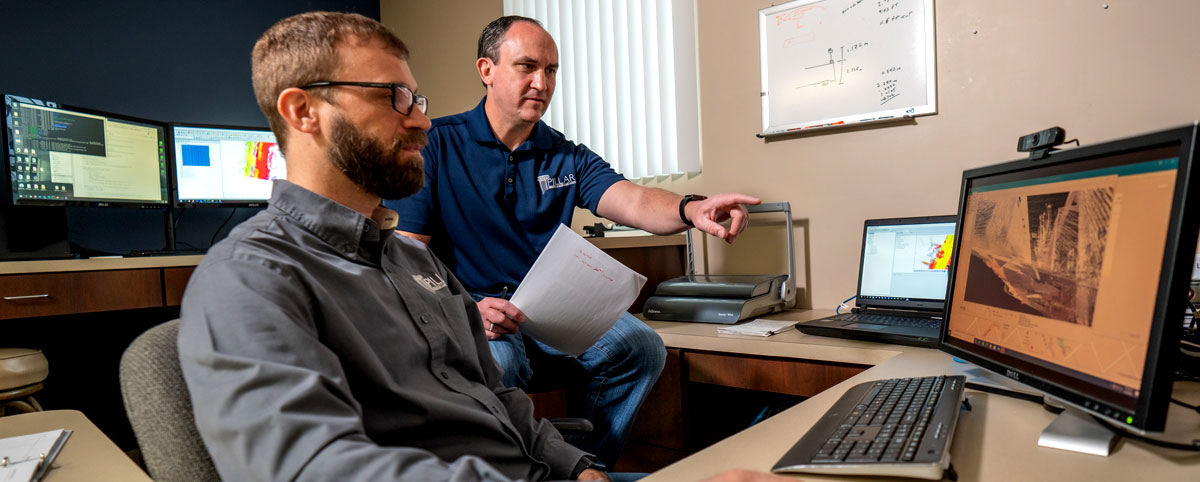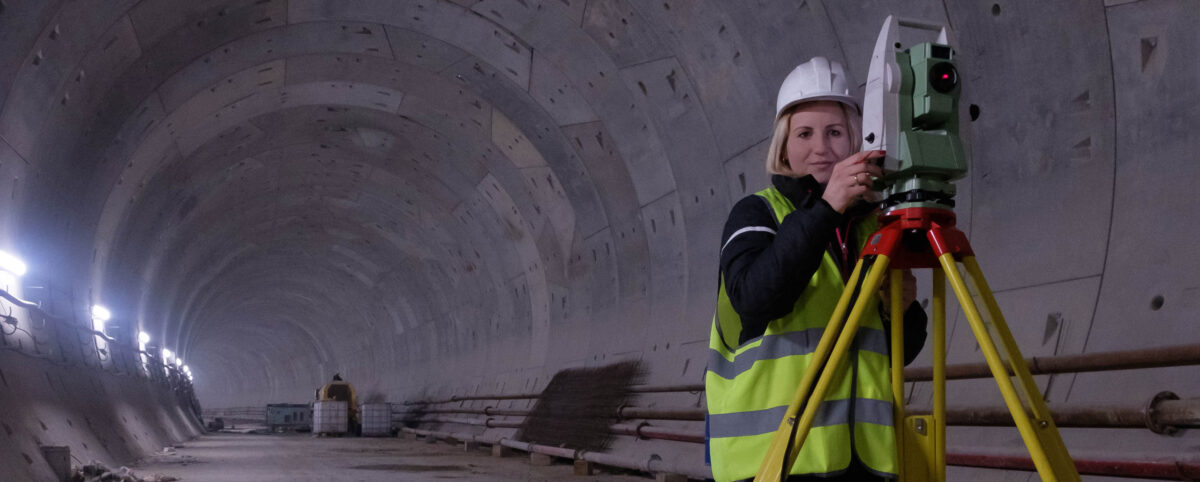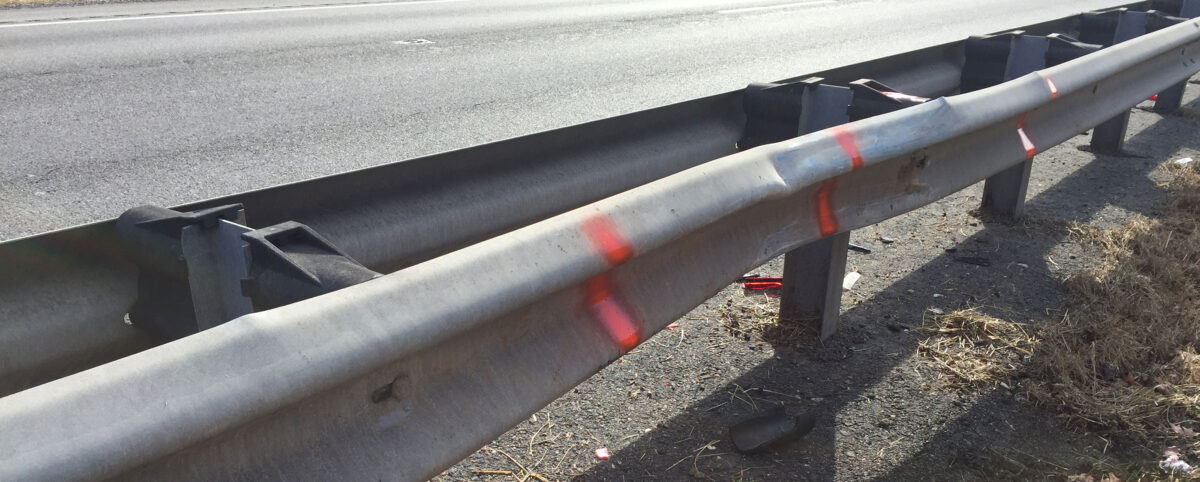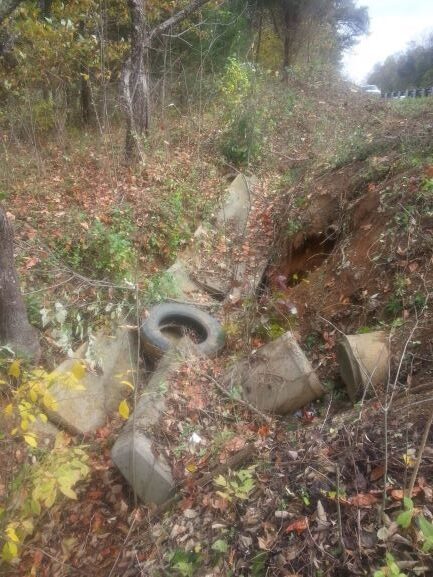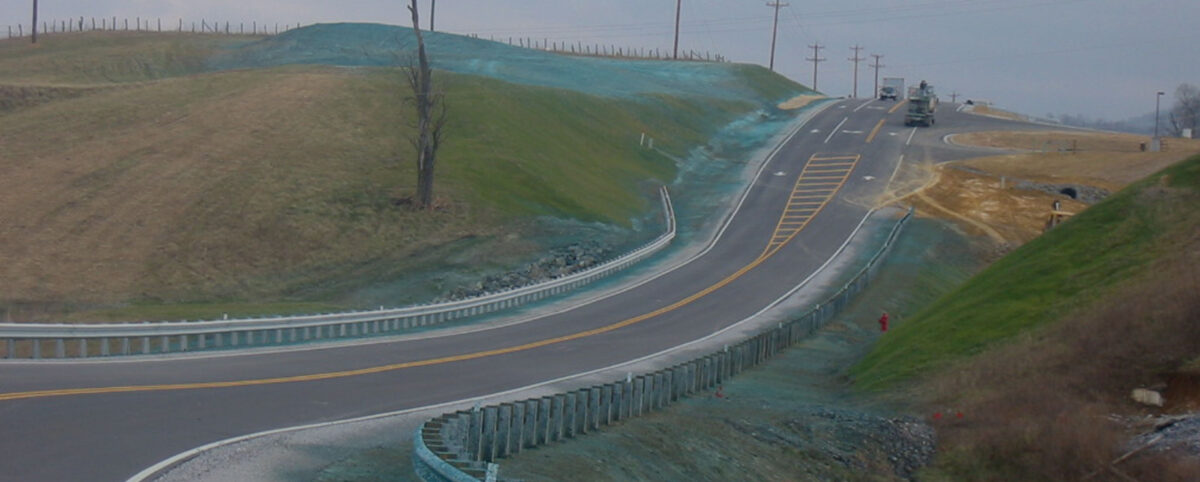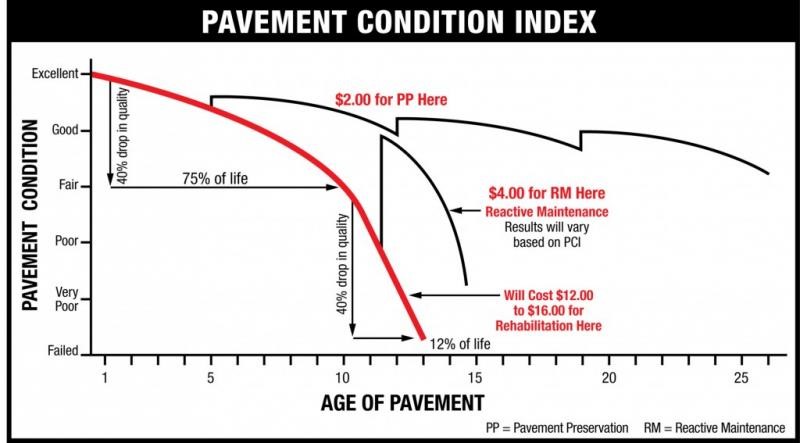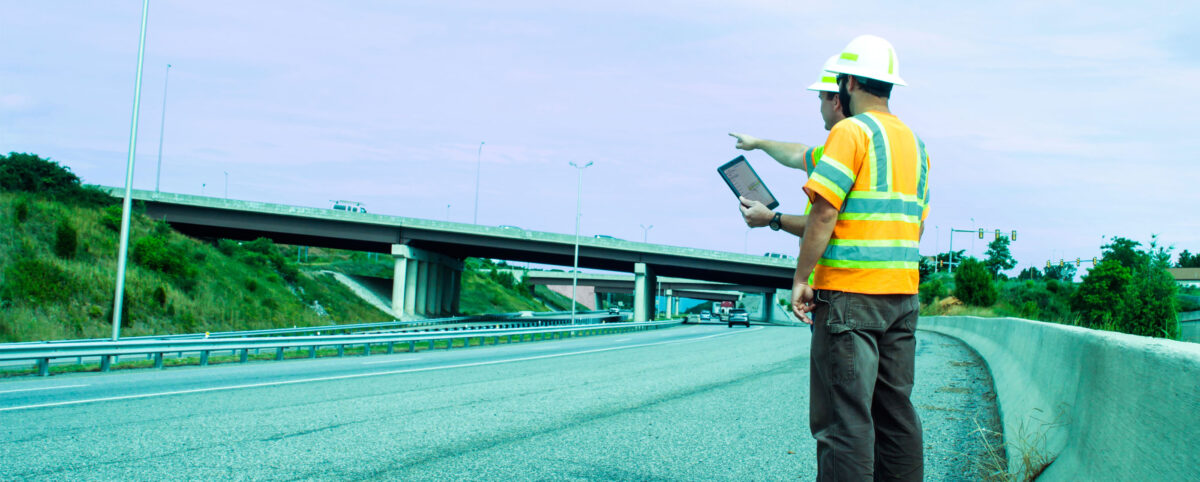The 2022 Bipartisan Infrastructure Law addresses long-needed funding to state and local governments for thousands of “shovel-ready” transportation infrastructure improvement projects in all 50 states, D.C., and Puerto Rico. Over a period of five years, the law provides an unprecedented investment of $350 billion in highway programs for state and local governments to tackle long-overdue improvements to infrastructure.
The Bipartisan Infrastructure Law is the largest investment in roads and bridges since President Eisenhower’s investment in the interstate highway system. While the law offers an exceptional amount of funding, competition is fierce. Keep reading for tips on how to present your shovel-ready transportation projects and successfully apply for funding for your state or locality.
What are Shovel Ready Projects?
Today, “shovel-ready” describes a transportation project that has fully completed planning, has necessary permits, and approvals in hand, and is ready to put people to work right away once funding is in place. If you’re interested in applying for funding through the 2022 Infrastructure Bill, it’s important to pick the right project to stand out in the application process while maintaining realistic goals for your current workflow.
How to Prepare for a Shovel-Ready Project
Construction never happens on a wing and a prayer. As any infrastructure professional knows, construction projects require careful planning, preparation, testing, and permitting long before gaining clearance to break ground. Doing the prep work prior to funding helps you stay prepared to seize opportunities when they arise.
- Review the Project Priority List in Your Region: Identify priority projects for your region that align with the stated goals of the Bipartisan Infrastructure Deal. According to the White House, the goals of the deal are to, “rebuild America’s roads, bridges and rails, expand access to clean drinking water, ensure every American has access to high-speed internet, tackle the climate crisis, advance environmental justice, and invest in communities that have too often been left behind.”
- Evaluate what steps are needed to qualify for shovel-ready status: Once you’ve identified a list of potential projects, it’s important to be realistic about which are closest to being shovel-ready. Do any of the projects already have planning and regulatory compliance completed? If none of your projects are quite at the shovel-ready stage, try to find a project that would allow you to complete all the steps to getting shovel-ready in time to apply for funding.
- Identify which type of funding is right for your project. The funding included in the Bipartisan Infrastructure Law is broken out into different types of programs and grants. Review their list of grant programs carefully to find which grant your project best qualifies for. This will increase your chances for successful funding.
- Prepare your best proposal. You’ve done the difficult work of planning. Now it’s time to write your proposal. Gather all your data, paperwork, and permits, and start building a case for your project.
PILLAR Can Help Get Your Projects Shovel-Ready
These steps seem straightforward but can be close to impossible for DOTs and organizations that are already stretched thin when it comes to time, resources, and manpower. That’s where PILLAR can help. We’re fully equipped to help you get your project to shovel-ready status, from start to finish. We even have full-time proposal writers who have a track record of success. They can devote time and expertise to help you get the funding you need.
We are a trusted advisory partner that DOTs, municipalities, and P3 stakeholders rely on for fiscally responsible operations and maintenance. PILLAR can act as an extension of your agency, providing full-time expertise without the full-time price tag. From boots on the ground to technical writing, PILLAR’s combination of expertise and integrity has got you covered. Contact us to find out how we can get your projects shovel-ready today.

